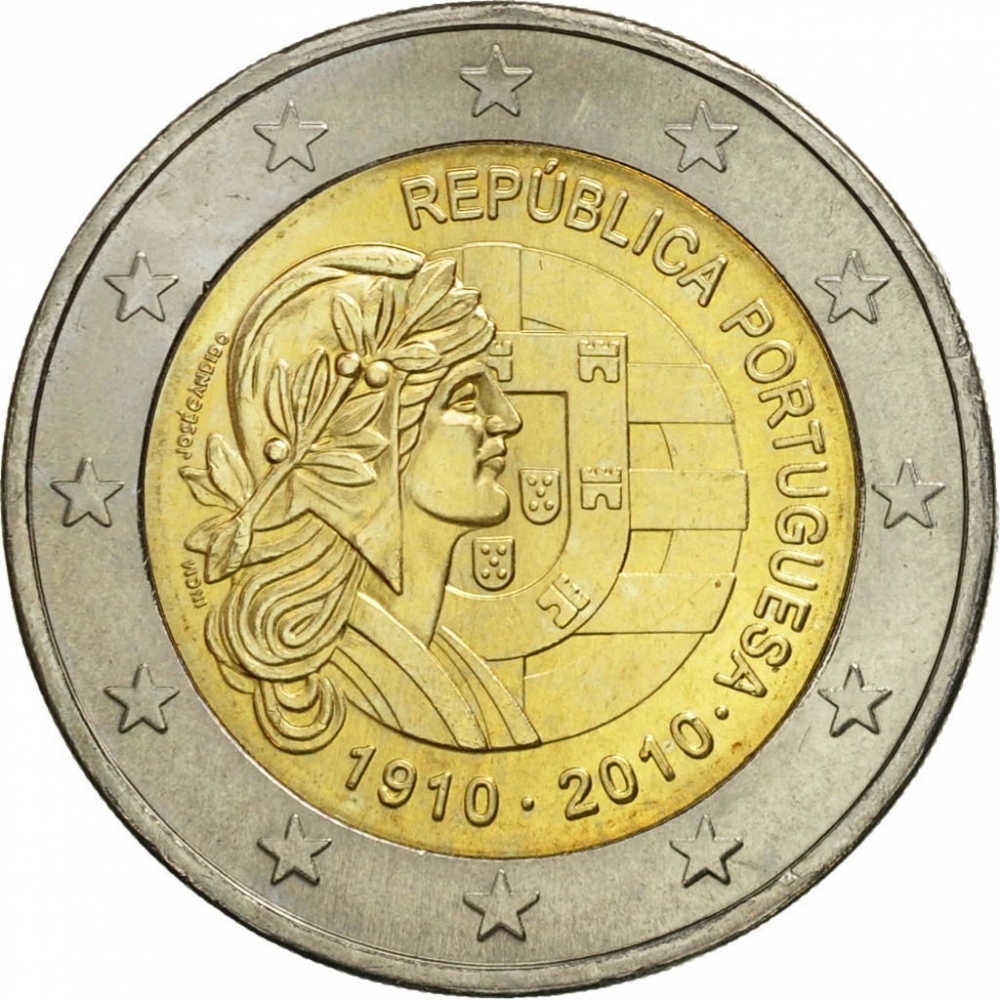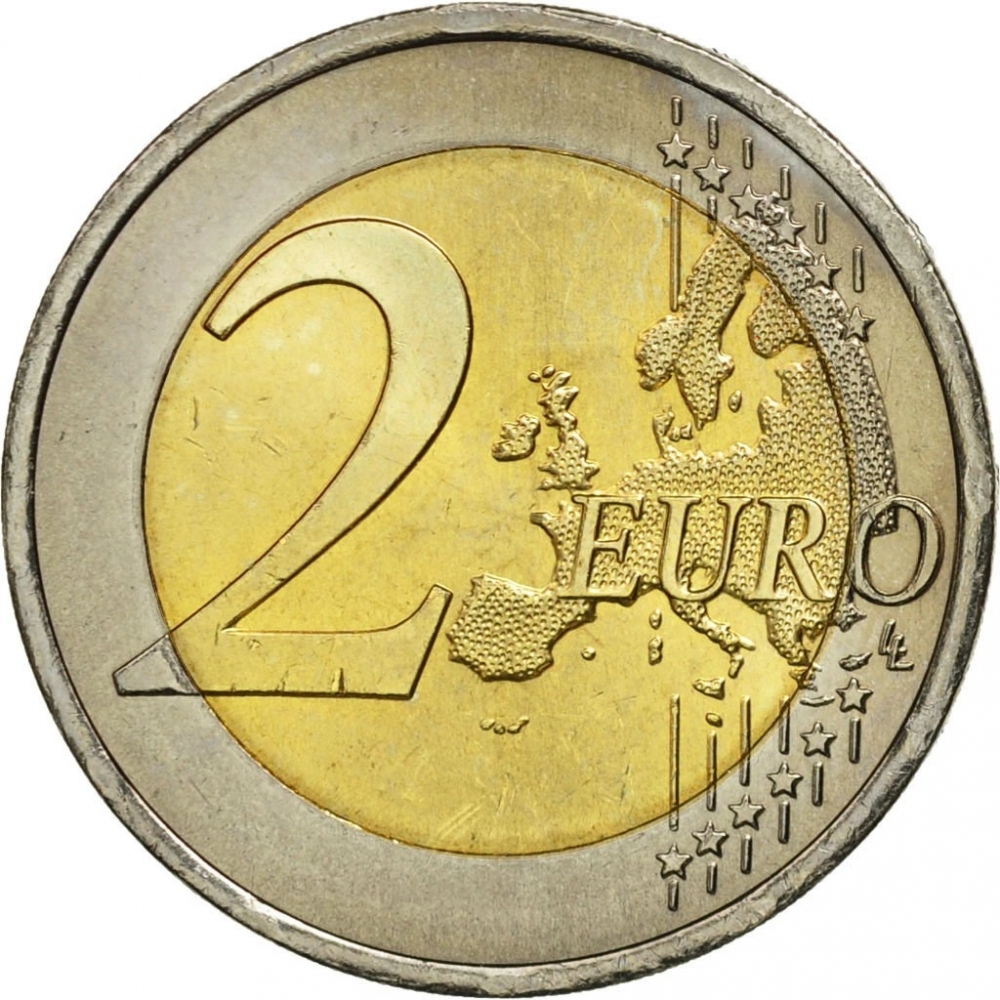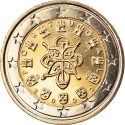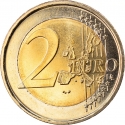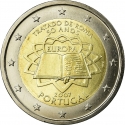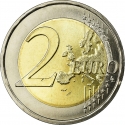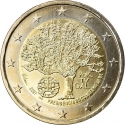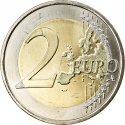You are about to finish your registration. Please check your mailbox (including spam folder). There should be a letter with a confirmation link. Check setting to make sure that your e-mail address is correct.
Send letter againDescription
On 1 February 1908, the king Dom Carlos I of Portugal and his heir apparent, Prince Royal Dom Luís Filipe, Duke of Braganza, were murdered in Lisbon. Under his rule, Portugal had twice been declared bankrupt – on 14 June 1892, and again on 10 May 1902 – causing social turmoil, economic disturbances, protests, revolts and criticism of the monarchy. Manuel II of Portugal became the new king, but was eventually overthrown by the 5 October 1910 revolution, which abolished the regime and instated republicanism in Portugal.
The First Portuguese Republic spans a complex 16-year period in the history of Portugal, between the end of the period of constitutional monarchy marked by the 5 October 1910 revolution and the 28 May coup d'état of 1926. The last movement instituted a military dictatorship known as Ditadura Nacional (national dictatorship) that would be followed by the corporatist Estado Novo (new state) regime of António de Oliveira Salazar.
Obverse

|
The inner part shows in the centre the Portuguese coat of arms and the República effigy, two of the most representative symbols of the Portuguese Republic, surrounded by the legends 'Portuguese Republic' and '1910 · 2010', the mintmark 'INCM' and the name of the designer JOSE CÂNDIDO. The twelve stars of the European Union surround the design on the outer ring. REPÚBLICA PORTUGUESA |
|---|---|
Reverse

|
A geographical map of Western Europe spans the outer ring and inner core on the right side of the coin. The inscription 2 EURO is superimposed over the map of Europe, with the numeral “2” located in an open field representing the eastern Atlantic Ocean. 2 EURO |
| Edge |
The edge design features the seven castles and five coats of arms also found on the national side, all equally spaced |
Characteristics
| Type | Commemorative Issue (Circulating) |
| Material | Bi-Metallic |
| Ring | Cupronickel |
| Center | Nickel Brass |
| Weight | 8.5 g |
| Diameter | 25.75 mm |
| Thickness | 2.2 mm |
| Shape |
|
| Alignment | Medal |
| Mint |
Portuguese Mint and Official Printing Office (INCM)
|
